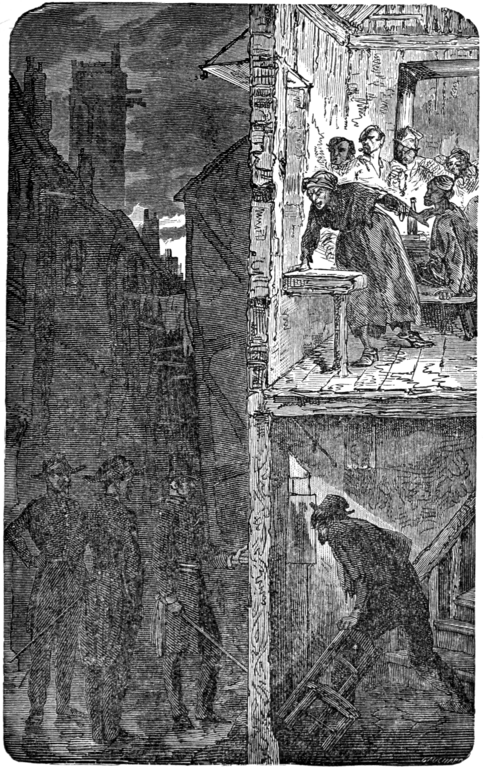Some people see unfathomable fractal beauty on every square degree of their vision. Others see targets and enemies on a tactical grid. It's impossible to know from the outside how somebody has programmed their glasses, impolite to ask, often upsetting to know.
Better not to know and even better not to guess. Easier to blur leering faces, smooth away condescending voices, filter away casual words of hate. Makes for a more calm experience but not a safe one.
Safer to see people surrounded by the threats and slurs they have written and spoken, to perceive places stained by the pursued and unpursed crimes they beheld, to hear whispered warnings of unseen harm.
Safer, yes. Also its own form of harm.
It's not the first configuration choice a child makes when growing up — and lucky they are if safety is never a factor — but it's the first important one. Grown-ups have their opinions, sometimes forced through parental controls. Yet they change their own every few years or every couple of hours, unable to find anything close to right.
(Some choose both - everything - at the same time. You can see who they are, if you aren't blurring faces, by their harrowed, determined, nearly almost but not overwhelmed expressions. By the fearfully determined way they walk. By how they die generally early and rarely surprised. By the stain left by their deaths and by the beauty they leave behind. But it's better not to see them. Safer not to remember the glasses allow you to choose to see everything at the same time.)
